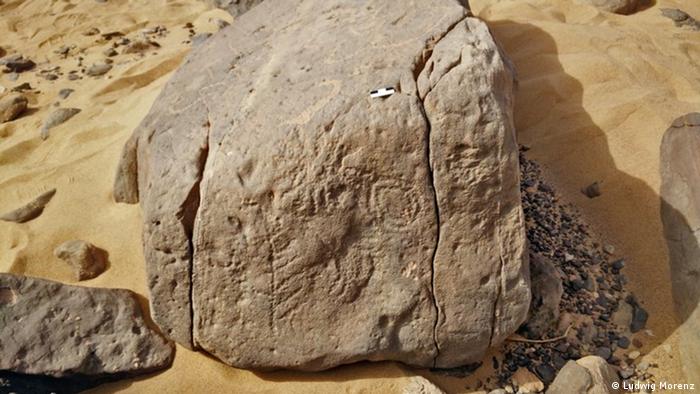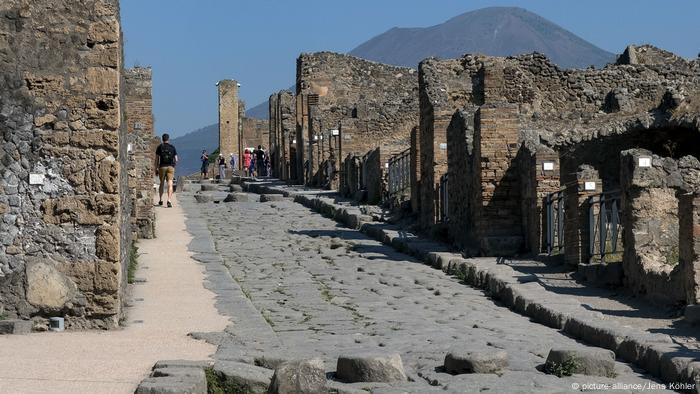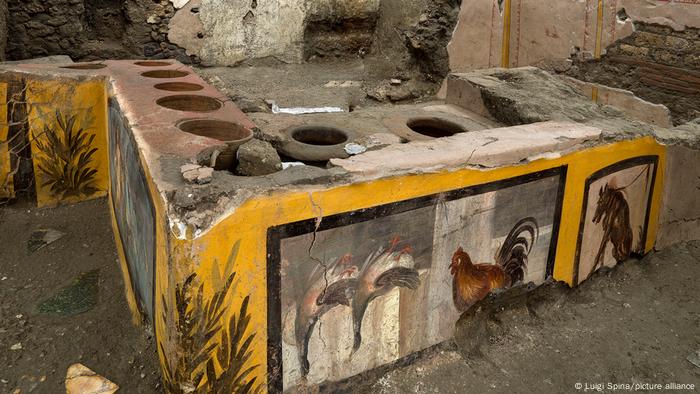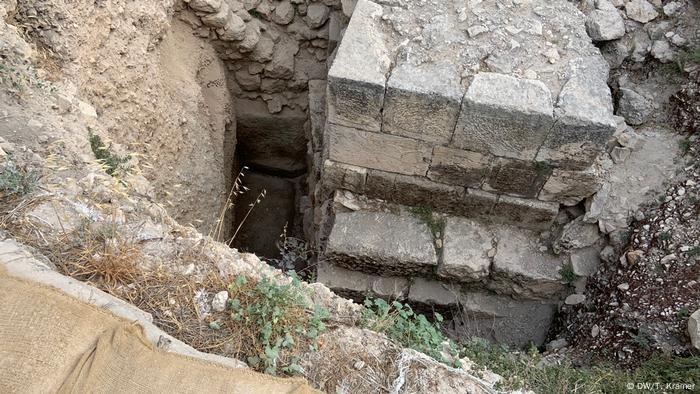Monitoring Desk
Saqqara
Saqqara, the necropolis of the city of Memphis, about 30 kilometers south of Cairo, is considered one of most important archaeological sites in Egypt together with the Valley of the Kings and the pyramids of Giza. The settlement struck the headlines this year with yet another spectacular discovery: In September and October, researchers found beautifully decorated wooden coffins.

Twelve more wooden coffins
In November, experts uncovered a dozen more sarcophagi in Saqqara. The beautifully decorated wooden coffins are considered to be over 2,500 years old, Egyptian researchers said. Individual coffins were opened carefully to anaylze their contents.

Striking rock in Egypt
Egyptologists from the University of Bonn discovered an inscription on this rock, believed to be over 5,000 years old. It was discovered in Wadi Abu Subeira, northeast of Aswan. Experts, including those from the Egyptian Ministry of Antiquities, found that the rock was actually a town sign from the fourth century BC.

The ruins of Pompeii
The archaeological site of the Roman city of Pompeii, southwards of Naples, surprises the world with new discoveries every now and then. In 79 AD, during the historical volcanic eruption of Mount Vesuvius, mud, ash rain and molten lava buried the place, killing people and animals. Only in the 18th century were archaeologists able to uncover the relics.

Fast food, Pompeii style
Shortly before Christmas, archaeologists in Pompeii presented the most spectacular discovery of the year: a “thermopolia,” an antique food stall with a painted counter. Its gaps had small containers, believed to keep food warm,. Dishes made of duck, chicken and other animals were sold here to residents.

The city wall of Jerusalem
There were completely new discoveries in 2020 as well. After a long period of excavation where Jerusalem is located today, a team of experts under German archaeologist Dieter Vieweger uncovered parts of an ancient city wall, which is believed to be from the time of King Herod and the Byzantine period. The discovery confirmed that ancient Jerusalem was much smaller than believed until now.

A village from the 2nd century
Jerusalem is racked by religious and political conflict. The various archaeological layers have stored thousand years of the city’s multicultural history. In early 2020 the remains of a village wall were discovered in Jerusalem. Traces of everyday life reveal interesting information about the settlements at the time.

Old city, new discoveries
In November, construction workers at a sewer in Athens stumbled upon the massive head of an ancient sculpture. On close examination, it turned out to be the marble head of the Greek god, Hermes, according to the Greek Ministry of Culture. Experts believe the head could be from the 3rd or the 4th century. Every now and then, an ancient artefact is discovered in Athens’ old city.

The mystery of Stonehenge
To this day, we don’t know whether Stonehenge was a temple, an ancient sacrificial site or an observatory. But in 2020, researchers found where the monoliths came from. According to a recent study, the sarsen stones, as the massive sandstone blocks are known, originated from a nearby forest called West Woods in southern England.
Courtesy: DW






